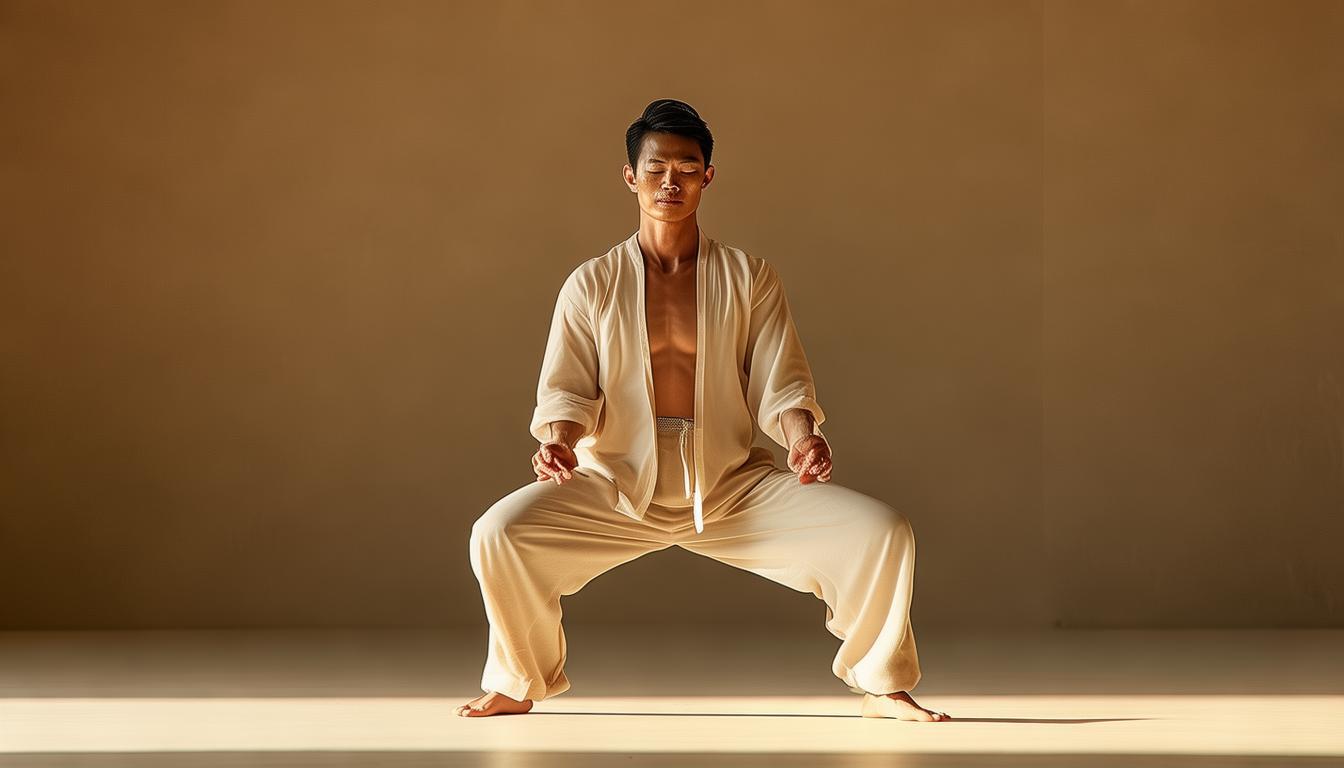Qigong And Tai Chi: Ancient Health-preserving Techniques Originated From China, Containing Profound Cultural Heritage
Qigong and Tai Chi, two health care techniques originated from our country, contain profound cultural heritage and have a positive effect on people's physical and mental health. Although there are slight differences in their movement performance and practice purposes, they are essentially intended to adjust their breathing, harmonize their body and mind, strengthen their physical fitness, and show their own unique charm.
Origin of the ritual
In ancient times, people began to explore ways to nourish their body and mind. In their hard work and daily life, they gradually discovered that specific breathing methods and body postures can effectively restore physical strength and relieve fatigue. After a long period of practical accumulation, these discoveries gradually evolved into a martial arts system. At the same time, these exercises also absorb traditional ideas such as Taoism and Buddhism, forming ancient health preservation methods with oriental cultural characteristics. Tai Chi evolved from the Tai Chi movement in the late Ming and early Qing dynasties, and martial artists incorporated traditional philosophical concepts into their movements. Seniors such as Chen Wangting cleverly incorporated the concepts of yin and yang, virtuality and reality, movement and stillness into the boxing techniques, giving birth to boxing rich in philosophy and speculative colors. This kind of boxing is not only suitable for practical combat, but also for health care.
Breathing method

The key points of Qigong are focused on breathing control, and breathing techniques are rich and diverse, including natural breathing, abdominal breathing, and reverse abdominal breathing. By adjusting the rhythm and depth of breathing, we can guide the flow of breath. When exercising, we emphasize the relaxation of the body and the removal of distracting thoughts so that we can concentrate more on regulating breathing. This will help improve the circulation of qi and blood in the body. In Tai Chi practice, breathing is also very important. Generally, deep, delicate and even breathing in the abdomen is used, and the breath sinks to the dantian. Breathing movements need to be coordinated, such as storing strength when inhaling , and releasing strength when exhaling. Breathing, movements and thoughts must be closely combined, and we strive to achieve unity of body and mind during exercise to ensure that internal strength and movement are synchronized.
Fitness effects
Qigong plays a significant role in human health. It can not only promote qi and blood balance, unblock meridians, and improve immunity at the physical level, but also help improve digestive, respiratory and nervous system functions. In addition, it can also bring benefits at the psychological level, helping practitioners to clear away distracting thoughts, relieve stress, calm their mood, and enhance concentration and psychological endurance. The health care effect of Tai Chi is also very obvious. During the practice, through the slow and stretching movements of Tai Chi For Health , we can enhance the strength of muscles and joint flexibility; at the same time, we can improve lung capacity and optimize cardiopulmonary function; in addition, we can effectively maintain the body's balance and flexibility; more importantly, it helps alleviate the common negative emotions of anxiety, depression and other negative emotions in modern people.
Cultural connotation

Qigong culture has rich connotations, covering key concepts such as yin and yang and five elements, meridians and qi and blood. It believes that the human body and nature are interconnected, and the breath in the human body should be coordinated with the breath of nature. Therefore, people adjust their own breath to maintain harmony and unity with the outside world. Qigong culture follows the teachings of the ancients, attaches importance to the master's words and deeds, and emphasizes personal perceptions and practical experiences. Tai Chi contains profound Confucian, Buddhist and Taoist philosophical concepts, demonstrating the understanding of nature and the universe by our people. It pursues the harmonious balance of yin and yang with a round and changeable form of movement, and through dynamic balance and mutual transformation, it reveals the pursuit of life state, so that practitioners can understand the wisdom of dealing with people and the world .
Current promotion status
The promotion of Qigong continues to increase and the coverage is very wide, not only limited to traditional venues, but also goes deep into communities and schools. Whether young or elderly people, the number of people practicing qigong is gradually increasing. The scientific nature and rationality of qigong have been confirmed by many modern scientific research and have been recognized internationally. Tai Chi has long been famous all over the world, spread across many countries and regions around the world, with a huge international enthusiast group. In addition, there are various forms of promotional activities such as events, performances, and communication. Tai Chi can be seen in small events in the community and at large international exchange meetings. It has become a brilliant business card to showcase Chinese traditional culture.


